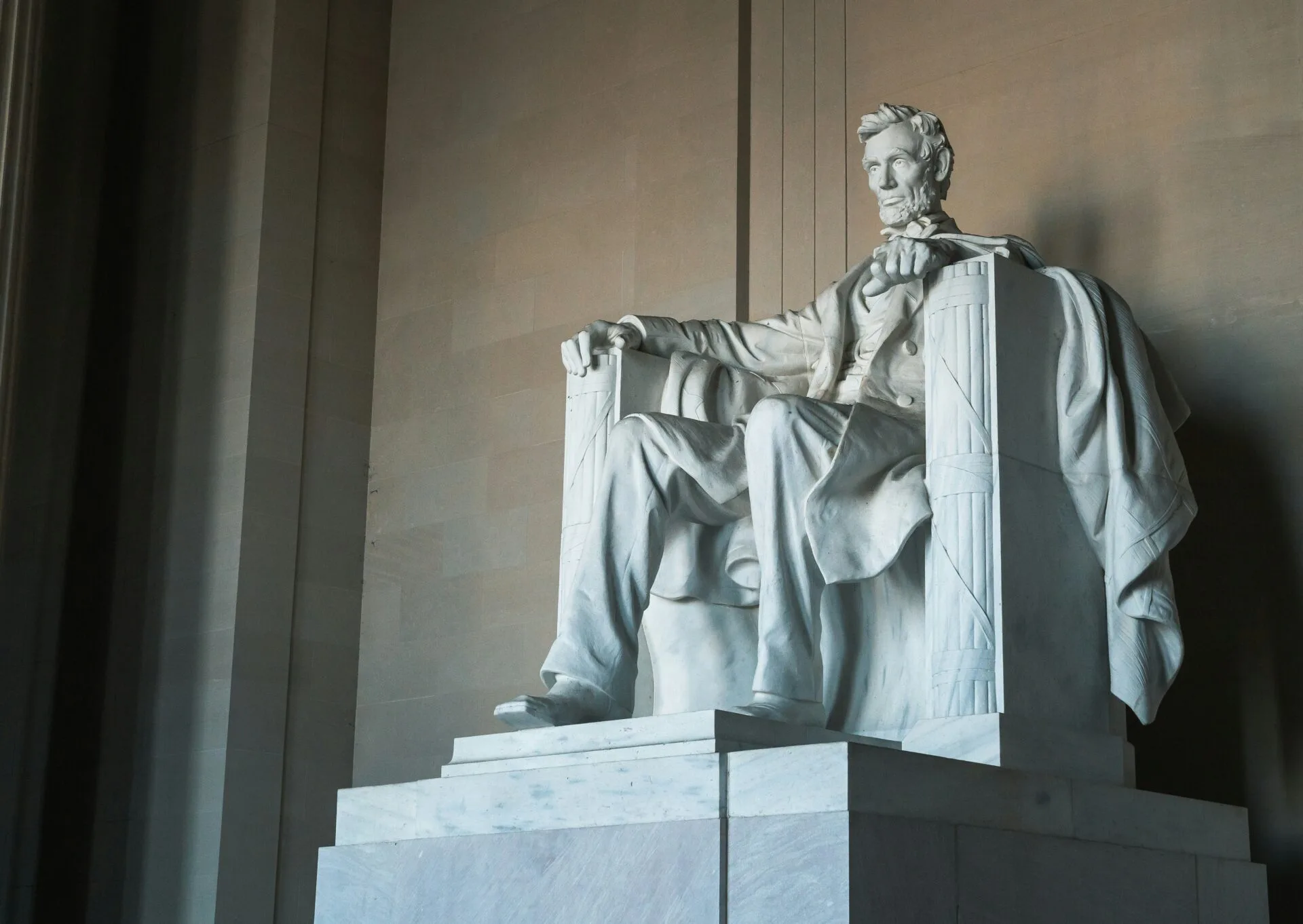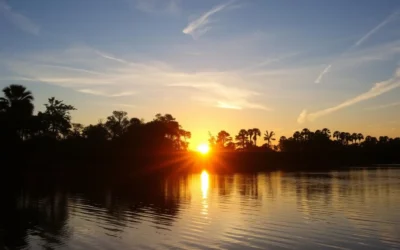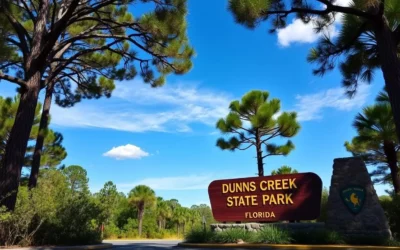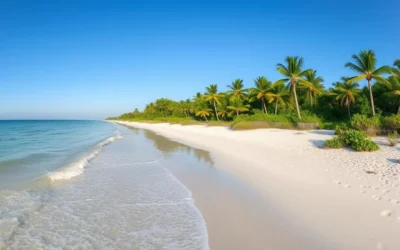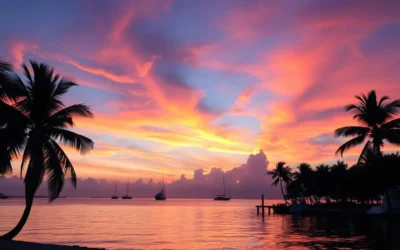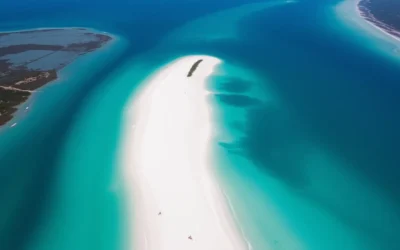✓ Accommodations✓ Flights✓ Rental Cars✓ Tours & Activities
Did you know that Washington DC offers more free world-class museums than any other city in the United States? While most major cities charge $20-30 per museum, the Smithsonian’s 19 museums and the National Zoo won’t cost you a penny. This surprising fact is just the beginning of what makes the nation’s capital such a unique destination. From its meticulously planned layout to its vibrant neighborhoods beyond the tourist core, DC consistently surprises first-time visitors with experiences that go far beyond politics and monuments.
Getting to Washington DC
Washington DC is served by three major airports, each offering different advantages for travelers. Reagan National Airport (DCA) is closest to downtown—just a 15-minute Metro ride away—making it the most convenient option for most visitors. Dulles International Airport (IAD) handles more international flights but sits 26 miles from the city center. Baltimore-Washington International (BWI) often offers the most competitive fares but requires a longer commute into DC.
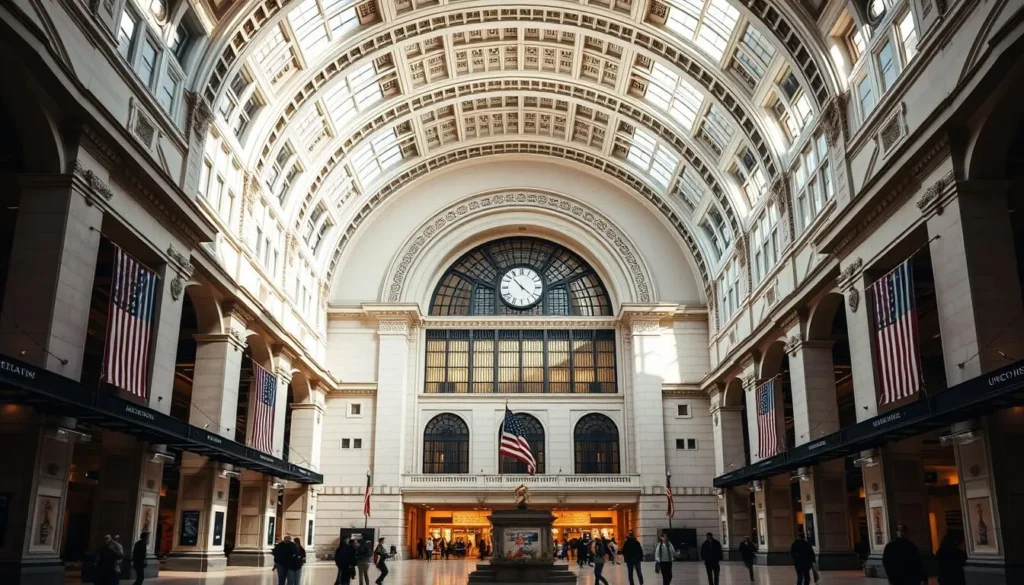
Many East Coast travelers find Amtrak’s high-speed Acela service to Union Station the most convenient option. The train station is centrally located and connects directly to the Metro system. If you’re driving, be aware that parking in DC can be challenging and expensive—many visitors prefer to park their cars at their hotels and use public transportation during their stay.
Ready to Plan Your DC Adventure?
Find the best flight deals to Washington DC’s airports with our trusted booking partner.
Planning Your Washington DC Journey
What shocks many first-time visitors is how much advance planning certain DC attractions require. While most Smithsonian museums offer walk-in access, several popular sites need reservations weeks or even months ahead. The White House tours must be requested through your congressional representative 3-6 months in advance. The Washington Monument requires timed tickets that become available 30 days before your visit and often sell out within minutes of release.
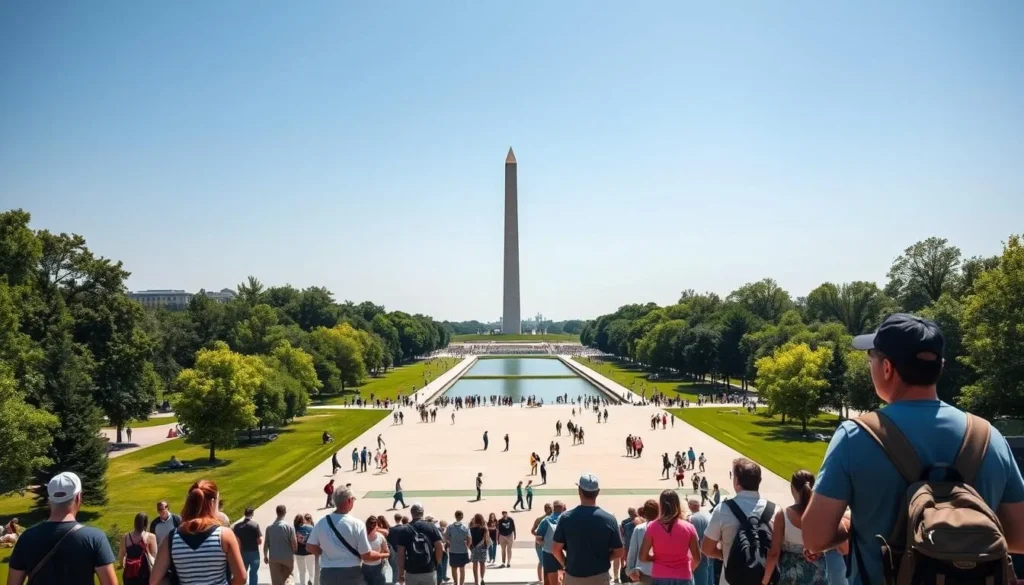
The Capitol Building, Library of Congress, and Supreme Court offer free tours, but reservations are highly recommended, especially during peak season. The National Archives, home to the Declaration of Independence and Constitution, also requires timed entry passes during busy periods. The Holocaust Museum distributes same-day tickets, but these run out quickly during tourist season.
Pro Tip: Create a calendar with all your desired attractions and their reservation timelines. Set reminders 1-2 days before tickets become available for high-demand sites like the Washington Monument and White House tours.
When to Visit Washington DC
Perhaps the most shocking aspect of DC for unprepared visitors is the extreme seasonal weather. Summer months (June-August) bring sweltering heat and humidity that locals call “the swamp effect,” with temperatures regularly exceeding 90°F (32°C) and humidity making it feel even hotter. This coincides with peak tourist season, creating crowded conditions at major attractions.
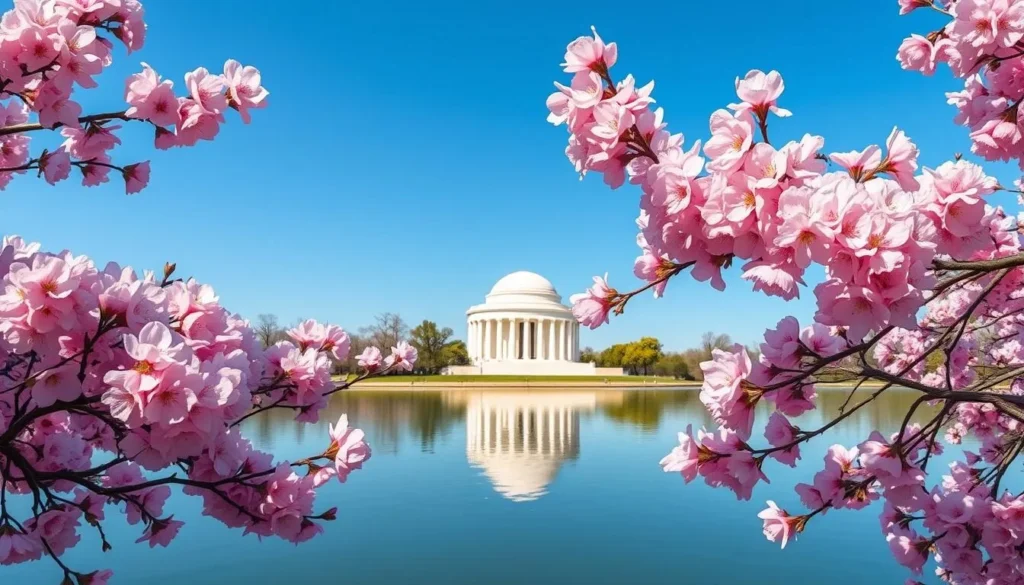
Spring (March-May) offers the famous cherry blossom season, typically peaking in late March to early April. While stunningly beautiful, this period draws enormous crowds. Fall (September-October) provides the perfect balance of pleasant weather and manageable crowds. Winter (November-February) sees fewer tourists but can be quite cold, with occasional snowfall that can disrupt travel plans.
Best Time to Visit
- Late September to early November for ideal weather and fewer crowds
- Early December for holiday decorations and events
- Late January/February for lowest hotel rates and shortest lines
Times to Avoid (If Possible)
- Cherry blossom peak bloom (unless it’s your primary reason for visiting)
- July and August (extreme heat, humidity, and school tour groups)
- Presidential Inauguration week (every four years in January)
Getting Around Washington DC
Visitors are often surprised by how walkable Washington DC is—the National Mall and many major attractions are concentrated in a relatively compact area. However, the distances can be deceptive on maps; walking from the Capitol to the Lincoln Memorial is nearly two miles. Comfortable shoes are absolutely essential for exploring the city.
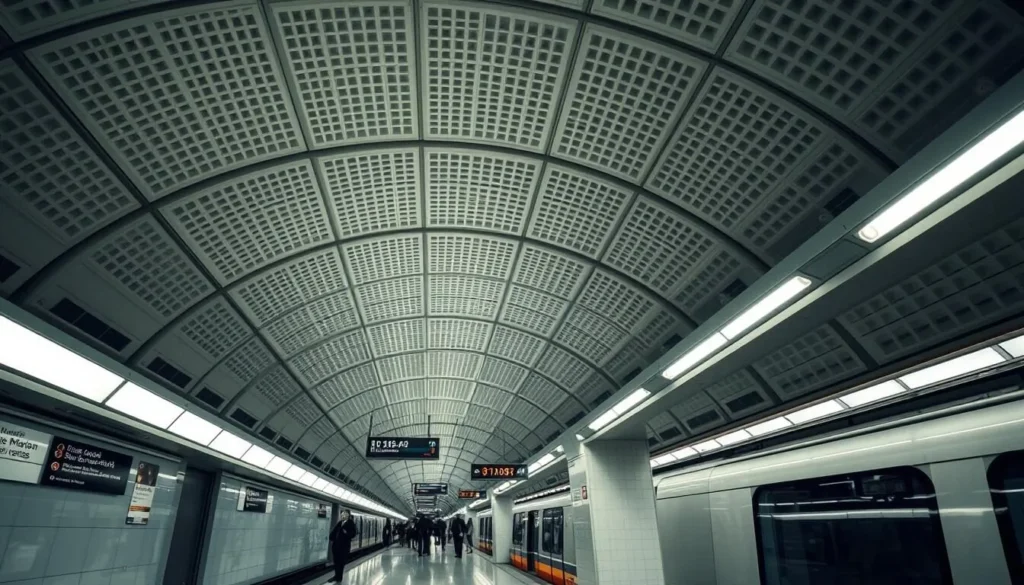
The Metro system shocks many international visitors with its cleanliness and efficiency, though locals might disagree during rush hour or weekend track work. The system is relatively easy to navigate with color-coded lines, and trains run frequently. One surprising aspect is the variable pricing based on distance and time of day, which differs from the flat-rate systems in many other cities.
“The DC Metro system was designed to be a showpiece for visitors to the nation’s capital, with its distinctive architecture and clean stations reflecting American ideals of modernity and efficiency.”
Capital Bikeshare offers over 4,500 bikes at 500+ stations throughout the region, providing a fun and efficient way to explore. The city has also invested heavily in bike lanes in recent years. For those who prefer not to navigate public transportation, rideshare services like Uber and Lyft are widely available, though traffic congestion can make them less efficient during peak hours.
Explore DC Your Way
Want the freedom to explore beyond the city center? Consider a rental car for day trips to nearby attractions.
Where to Stay in Washington DC
One of the most shocking aspects of DC for many visitors is the cost of accommodations, especially during peak seasons. Hotel rates in prime locations can easily exceed $300 per night, with prices spiking during cherry blossom season, summer months, and when major conferences are in town. The good news is that the city offers diverse neighborhoods with varying price points.
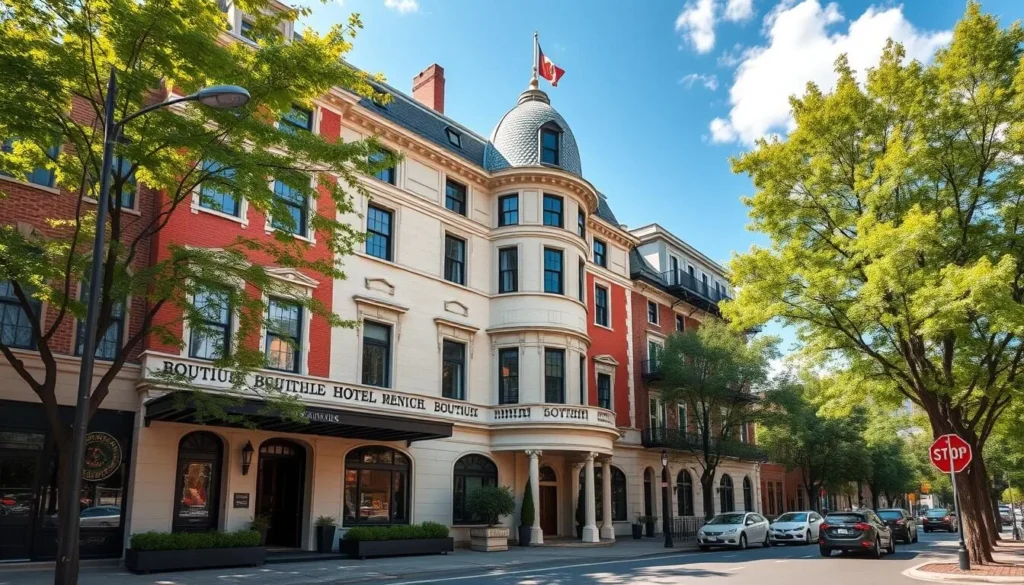
Downtown/National Mall
Most convenient for sightseeing but highest prices. Hotels here provide easy walking access to major attractions but often lack neighborhood charm.
Dupont Circle/Logan Circle
Vibrant neighborhoods with excellent dining, nightlife, and beautiful architecture. Good Metro access and walkable to many attractions.
Georgetown
Historic charm with cobblestone streets and Federal-style architecture. Great shopping and dining but no direct Metro access.
Budget-conscious travelers might consider staying in Arlington or Alexandria, Virginia, which offer lower rates and quick Metro access to DC attractions. Crystal City and Rosslyn are particularly convenient, with Metro rides of just 10-15 minutes to downtown DC. Another money-saving option is to visit during the off-season (January-February), when hotel rates can drop by 30-50%.
Find Your Perfect DC Stay
Compare hotels across Washington DC neighborhoods to find the best combination of location, amenities, and price.
The Shocking Truth: World-Class Attractions for Free
Perhaps the most pleasant shock for visitors is discovering that Washington DC offers more free world-class attractions than virtually any other major city. The entire Smithsonian complex—19 museums and the National Zoo—charges no admission fees. This includes some of the world’s most renowned institutions like the National Air and Space Museum, Natural History Museum, and American History Museum.
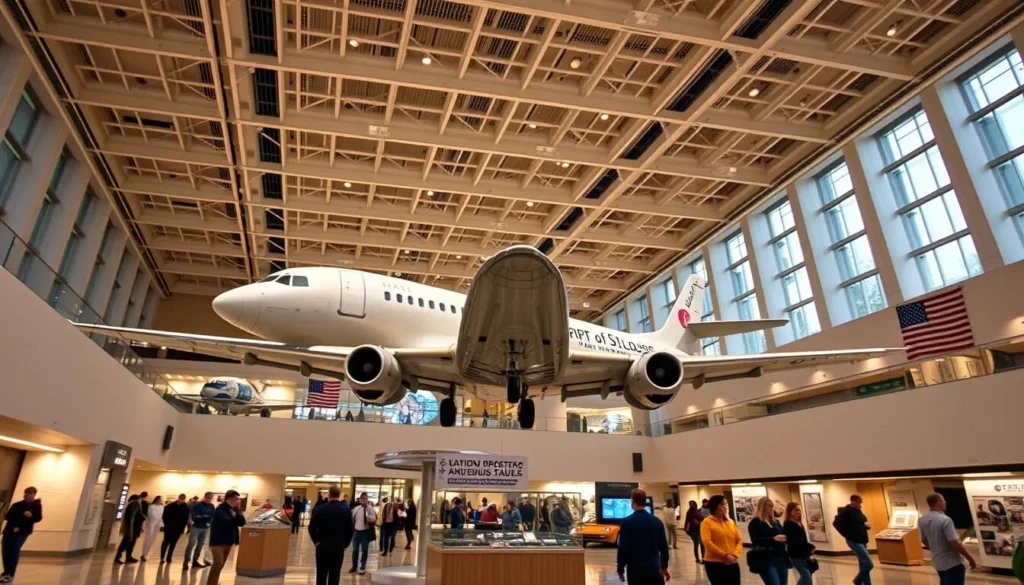
Beyond the Smithsonian, visitors can enjoy free tours of the Capitol Building, Library of Congress, Supreme Court, and Bureau of Engraving and Printing (where money is made). All the iconic monuments and memorials—Lincoln, Jefferson, Washington, MLK Jr., FDR, Vietnam Veterans, Korean War, and World War II—are open to the public at no cost, 24 hours a day.
Money-Saving Tip: A family of four visiting Washington DC can easily save $400+ on museum admissions compared to other major cities like New York or London, where museum tickets typically cost $20-30 per person.
Even some of the lesser-known free attractions would be major draws in other cities. The National Gallery of Art houses masterpieces by da Vinci, Rembrandt, Monet, and Van Gogh. The National Archives displays the original Declaration of Independence, Constitution, and Bill of Rights. The U.S. Botanic Garden offers a tropical oasis regardless of the weather outside.
Enhance Your DC Experience
While many attractions are free, guided tours can provide deeper insights and context to make your visit more meaningful.
Discover Guided Tours
Local Culture and Etiquette Shockers
First-time visitors are often surprised by DC’s unique local culture, which differs significantly from the political stereotype. While government employees make up a large portion of the workforce, the city is incredibly diverse, with vibrant neighborhoods that reflect influences from around the world.
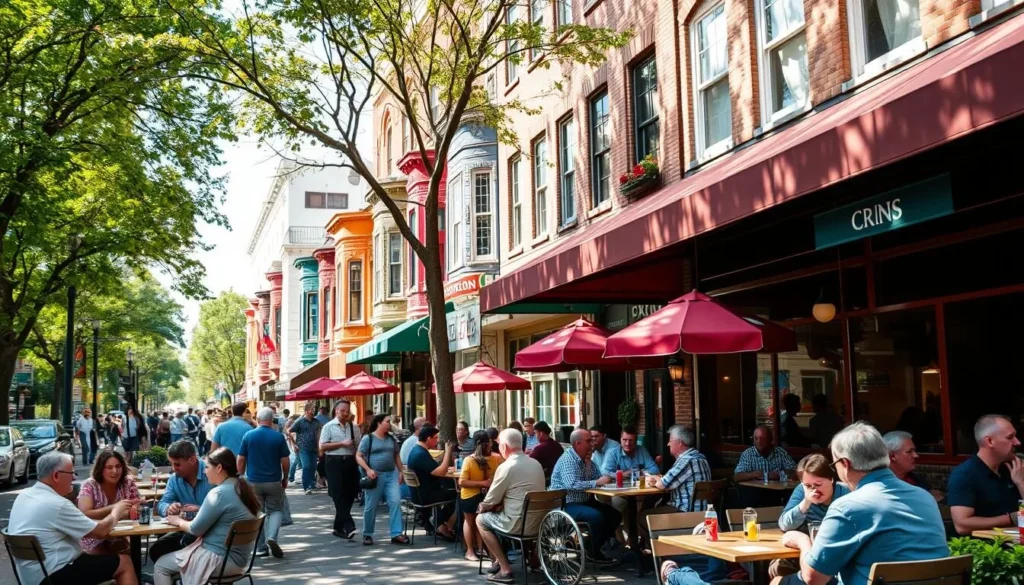
One cultural shock for many visitors is the infamous “DC question”—”What do you do?” This isn’t considered rude but rather a standard conversation starter in a city where careers often define social circles. Don’t be offended; it’s simply the local equivalent of discussing the weather.
DC Etiquette Tips
- Stand on the right, walk on the left on Metro escalators (strictly enforced by locals)
- Keep voices down in museums and memorials out of respect
- Dress more formally than you might in other U.S. cities, especially for dining
- Tipping 18-20% is standard for restaurant service
Local Customs to Know
- Brunch is a serious weekend institution, often lasting hours
- Happy hour (typically 4-7 PM) is when much networking happens
- Sports loyalties (especially to the Capitals, Nationals, and Commanders) run deep
- Political discussions are common but can become heated quickly
Another surprise for visitors is discovering DC’s status as a culinary destination. The city’s international diplomatic community has fostered diverse dining options, from Ethiopian cuisine in Adams Morgan to upscale international restaurants in Georgetown. The city boasts over 20 Michelin-starred restaurants alongside countless affordable ethnic eateries.
Beyond the Mall: Shocking Neighborhood Discoveries
Many first-time visitors are shocked to discover that the real Washington DC extends far beyond the monumental core seen in postcards. The city comprises dozens of distinct neighborhoods, each with its own character and attractions that locals cherish but tourists often miss.
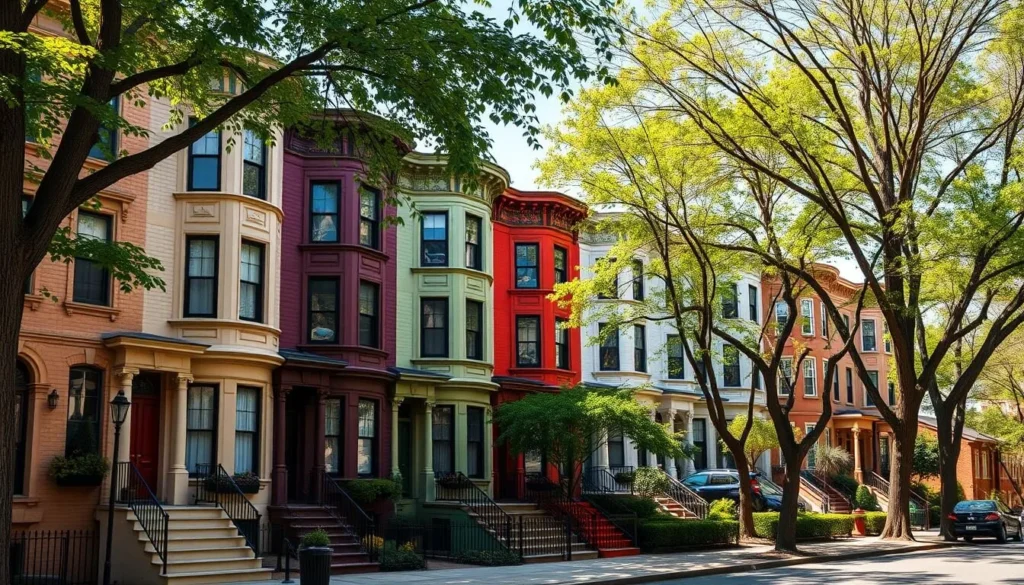
U Street/Shaw
Once known as “Black Broadway,” this historically significant area is now a hub for live music, trendy restaurants, and African American history. Don’t miss Ben’s Chili Bowl, a DC institution since 1958.
H Street Corridor
This revitalized neighborhood offers eclectic dining, unique shops, and the city’s most innovative performing arts venues. The streetcar provides easy access from Union Station.
Capitol Riverfront/Navy Yard
DC’s fastest-growing neighborhood features waterfront parks, Nationals Park baseball stadium, and the Yards Park with its dancing fountain and outdoor concerts.
Even Georgetown, which many tourists do visit, offers hidden gems beyond the main shopping streets. The C&O Canal towpath provides a peaceful retreat from urban bustle, while the Georgetown Waterfront Park offers stunning Potomac River views. Dumbarton Oaks Gardens, tucked away in north Georgetown, features 27 acres of meticulously designed landscape that changes dramatically with the seasons.
“To understand Washington, you must venture beyond the monuments. In our neighborhoods, you’ll discover the authentic city where Washingtonians live, work, and play—a place far more diverse and dynamic than most visitors expect.”
Practical Tips and Shocking Realities
Even seasoned travelers can be caught off guard by some of Washington DC’s unique characteristics. Being prepared for these realities will help you avoid frustration and make the most of your visit to the nation’s capital.
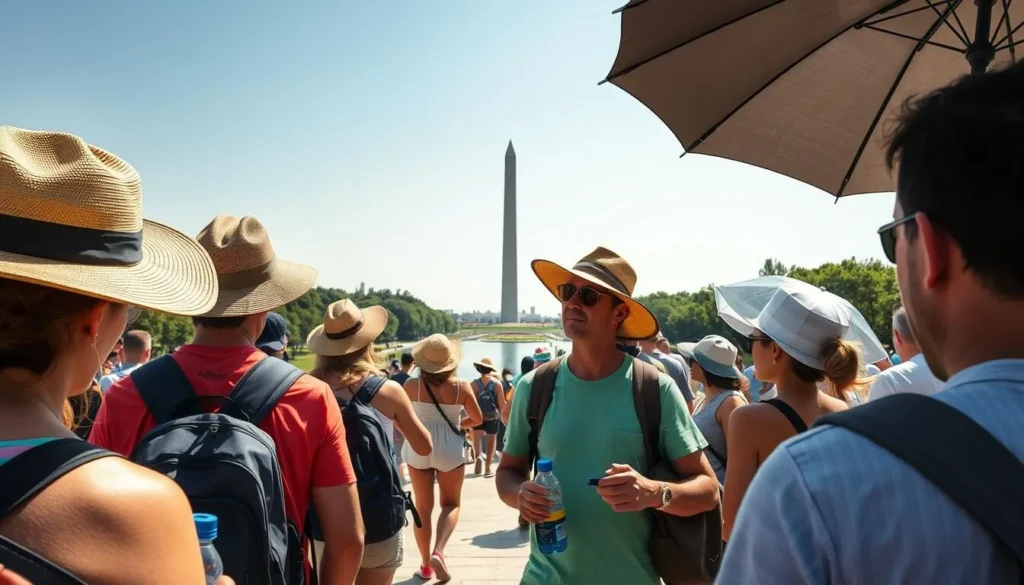
Why is security so intense at some attractions?
As the nation’s capital, Washington DC maintains heightened security at government buildings and major attractions. Expect airport-style screening at the Capitol, White House Visitor Center, and many museums. Prohibited items typically include large bags, food/drinks, and anything that could be considered a weapon. Plan extra time for security lines, especially during peak season.
Why do restaurants and bars close so early?
DC has a reputation as an “early to bed” city compared to places like New York or Las Vegas. Many restaurants stop serving food by 10 PM, even on weekends. This reflects the work-focused culture of the city, though areas like Adams Morgan and U Street offer later options. Plan dinner reservations accordingly, especially for popular restaurants.
How do I handle the extreme weather?
DC’s weather can be challenging year-round. Summer brings high humidity and temperatures regularly exceeding 90°F (32°C). Winter can be cold with occasional snowstorms that shut down the city. Spring and fall offer pleasant temperatures but unpredictable rain. Dress in layers, carry water in summer, and always check the forecast before heading out.
Safety Tip: While DC is generally safe for tourists, certain areas have higher crime rates, particularly after dark. Use common sense precautions: stay aware of your surroundings, avoid displaying valuable electronics, and stick to well-lit, populated areas at night.
Another practical consideration is the city’s strict parking regulations. Street parking is limited and heavily enforced, with tickets starting at $30. Garage parking typically costs $20-25 per day. If your hotel charges for parking ($40-50/night is common), consider whether you really need a car during your stay.
Final Thoughts: Embracing the Shocking Side of DC
Washington DC consistently surprises visitors who arrive with preconceived notions about the nation’s capital. Beyond the iconic monuments and political machinery lies a vibrant, diverse city with world-class museums, distinctive neighborhoods, and unique cultural experiences—many of them completely free. The shocking contrasts—between grand federal buildings and intimate local communities, between political power centers and artistic havens, between historical gravitas and youthful energy—make DC a destination that rewards those willing to look beyond the obvious.
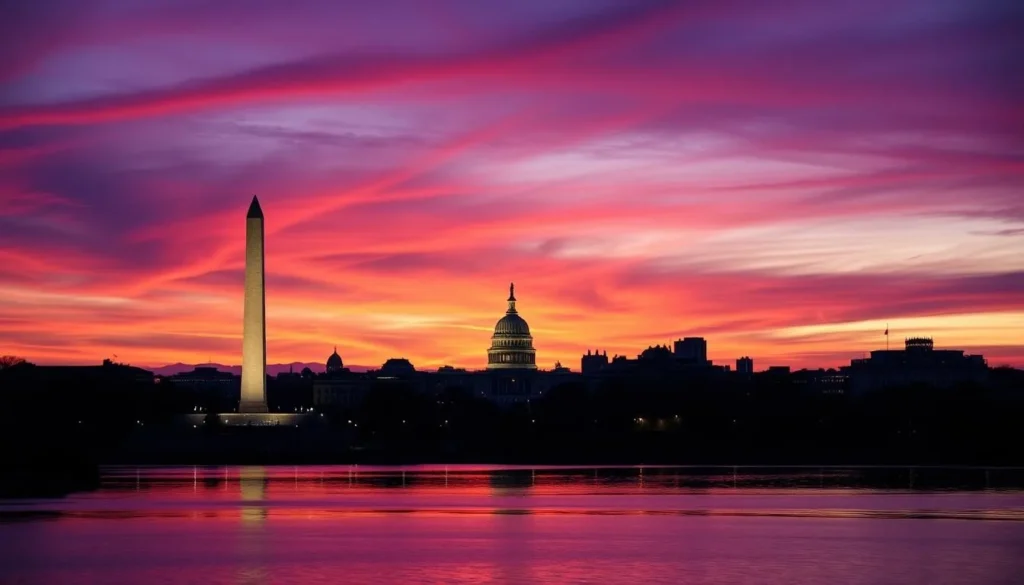
Whether you’re marveling at the unexpected scale of the monuments, enjoying the surprising diversity of neighborhoods, or simply appreciating the shocking abundance of free world-class attractions, Washington DC offers experiences that challenge expectations and create lasting memories. Plan ahead for the logistics, but leave room in your itinerary for spontaneous discoveries—they often become the highlights of any visit to this remarkable city.
Ready to Experience Washington DC?
Start planning your trip to the nation’s capital and discover all the surprising experiences it has to offer.
Explore Activities
The above is subject to change.
Check back often to TRAVEL.COM for the latest travel tips and deals.
